Ten years ago, when I interviewed creative director Neil Druckmann and game director Bruce Straley about their new, generation-defining PlayStation hit The Last of Us, they cited the Coen brothers’ 2007 film No Country for Old Men as a key tonal inspiration. But the fact that a playthrough of The Last of Us takes about 15 hours has always made me associate it more with prestige TV than with movies. Nowadays, a great many games have prestige TV vibes, and that really started with The Last of Us.
And now, the game that always felt like a product of the same pop culture era that gave us prestige TV such as Breaking Bad and Game of Thrones has become prestige TV. Overseen by both Druckmann and Chernobyl writer/creator Craig Mazin for HBO, it is, of course, a solid, sturdy production through and through. Pedro Pascal (The Mandalorian, Game of Thrones) as Joel and Bella Ramsey (Catherine Called Birdy, also Game of Thrones) as Ellie capably head up a uniformly excellent cast, and the high-stakes tension, desperation, and struggle to find something worth fighting for in a deadly world that typified the game are all effectively recreated here.
What makes the series interesting are the ways in which it necessarily departs from the game that spawned it, and where the creators chose to divert from the source material in what is mostly a pretty faithful adaptation of the game’s story overall. I’m going to discuss it all in pretty general terms here, saving the nitty gritty details and potential “spoilers” for weekly episode recaps.
Read More: The Best (And Worst) Video Game Adaptations You Can Stream Right Now
First, let’s talk about the types of changes that feel more necessary in taking The Last of Us and turning it into television. In the game, brutal violence is near-constant, because this is what’s considered “gameplay.” In the show, however, Joel and Ellie don’t spend most of their time sneaking through dilapidated buildings filled with infected or shivving mobs of human raiders while also scavenging for supplies. No, the dangers of the world that they live in are established in powerful, punctuated moments so that they can then largely fade to the background, exploding again into the narrative now and then to shock us, to drive the plot forward or, in one moment, to serve as a deus ex machina that punishes one character for their hubris.
Even Joel’s violence has been toned down, in what I suspect is an effort both to make him more sympathetic to the audience and to make the violence he employs more impactful when it does happen. If you’ve played the game, you may recall that very early on, Joel and his smuggling partner Tess brutally torture a jerk named Robert who sold them out on a deal, breaking his bones to get information out of him and ultimately executing him. In games, I think, we as players are pretty inured to this kind of violence. We’re used to racking up body counts in the hundreds, and thus less likely to be turned off by such behavior. In a TV show, however, when you’re trying to get viewers to align with characters they’ve just met, it may be a tougher sell if they’re brutal and unsavory right out of the gate, and so things with Robert play out a bit differently. It’s a smart decision, I think, one that helps make Joel—who also benefits from Pedro Pascal’s natural charisma—a bit easier to side with in the early goings.
Rather than changing the fundamental arc of Joel and Ellie’s journey, a number of the show’s significant changes are more like expansions upon what the game gives us, helping to flesh out the world, the varied political and social dynamics that it gives rise to in different places, and the ways people choose to respond to the hand they’ve been dealt. The only big change that’s early enough for me to talk about right now is the prologue focusing on Joel’s daughter, Sarah.

In the game, of course, you play as Sarah, exploring the house a bit as signs of impending doom—a news broadcast, an explosion in the distance—continue to mount. Interactivity makes this exploration, in which you can find character-building details like a birthday card she made for Joel, an effective way of pulling us into the world and developing our emotional connection to Joel and Sarah before the tragic gut punch that ends the prologue. In the show, though, the writers take us beyond the house, letting us experience Sarah’s entire day, as, out in the world, things rapidly descend from a sense of normalcy into sheer chaos. The tragic payoff is, of course, the same, but the way we get there is somewhat different, moving beyond the confines of the game and expanding our view of the world.
There is one storyline, however, that is quite different in the show. I won’t go into any detail about just how it’s different, but it’s no secret that in the HBO adaptation, actor Murray Bartlett (Looking, The White Lotus) has been cast as Frank, a character who, in the game, is never seen alive. In the game, Frank was the longtime partner of Bill, a curmudgeonly survivalist (played in the show by Nick Offerman), but before Joel and Ellie arrive, Frank has killed himself and left a rather bitter suicide note.

The way the show dares to diverge from the game to alter our sense of their relationship is frankly exciting, and gives the entire series a very different (and better) thematic shape than it would otherwise have. It shows what adaptations can do when they dare to break away and adapt a story to the strengths of the medium in which they’re operating. And yet, Neil Druckmann is not wrong in this New Yorker story when he says, “As awesome as that episode is, there are going to be fans who are upset by it.”
Honestly, I’d have no interest in a show that sets out to be as slavishly faithful to a game as possible, or that is overly concerned with appeasing viewers who only want to see their experiences with the game replicated beat-by-beat on screen. The game still exists. You can always play it if you just want that experience again, or, hell, watch one of those YouTube videos that just compiles all the cutscenes into a “movie.” Shouldn’t the purpose of an adaptation be, in some part, to adapt, to tailor for a different medium and to, perhaps, find new emotional notes, new thematic resonances, new life in a familiar story?
And yet the show, for all the changes it does dare to make, remains a little too concerned about what those viewers might think. I wish that The Last of Us had taken more liberties than it does. It feels at times like it wants to let the story breathe and expand and become something else, but also as if it’s afraid of alienating the kinds of viewers Druckmann nods to in the quote above—as if it knows it has to check off a list of expected story beats and that it can’t stray too far from what certain viewers expect. I know Druckmann didn’t mean it this way, but it’s hard for me not to hear him saying “To all our fans, you’ve been on our minds every step of the way” in the clip below as both an expression of gratitude and as a kind of weight on his shoulders.
There are also elements—certain needle drops and other prestige TV signifiers—that the series trots out in ways that feel perfunctory or obligatory, things it’s doing not because they reflect any particular artistic impulse but just because these are the kinds of things that prestige TV does and The Last of Us wants to remind you that it is prestige TV. This is, after all, as Craig Mazin has said, “the greatest story ever told in video games,” and don’t you forget it.
What I ultimately find most fascinating about the existence of The Last of Us as a TV show is this tension at its core, this seemingly endless battle between types of media. So many insecure gamers love to hear executives at E3 press conferences tout video games as the greatest medium of all because of their interactivity, and indeed, in that interview I did with him ten years ago, Neil Druckmann said, “You can connect with a character on a different level when you’re playing as them that you can’t in a passive medium like a film or a book.” Now, in the lead-up to the show’s premiere, we’ve had Craig Mazin effectively arguing the opposite, touting the particular impact of television and saying in the New Yorker, “Watching a person die, I think, ought to be much different than watching pixels die.”
If any good comes out of HBO’s The Last of Us, I hope it’s that it lets us see once and for all how unnecessary all these distinctions and rivalries are, how games and films and television are all great potential art forms with different strengths, and how telling compelling stories about grief, loss, and hope is entirely possible in all of them.

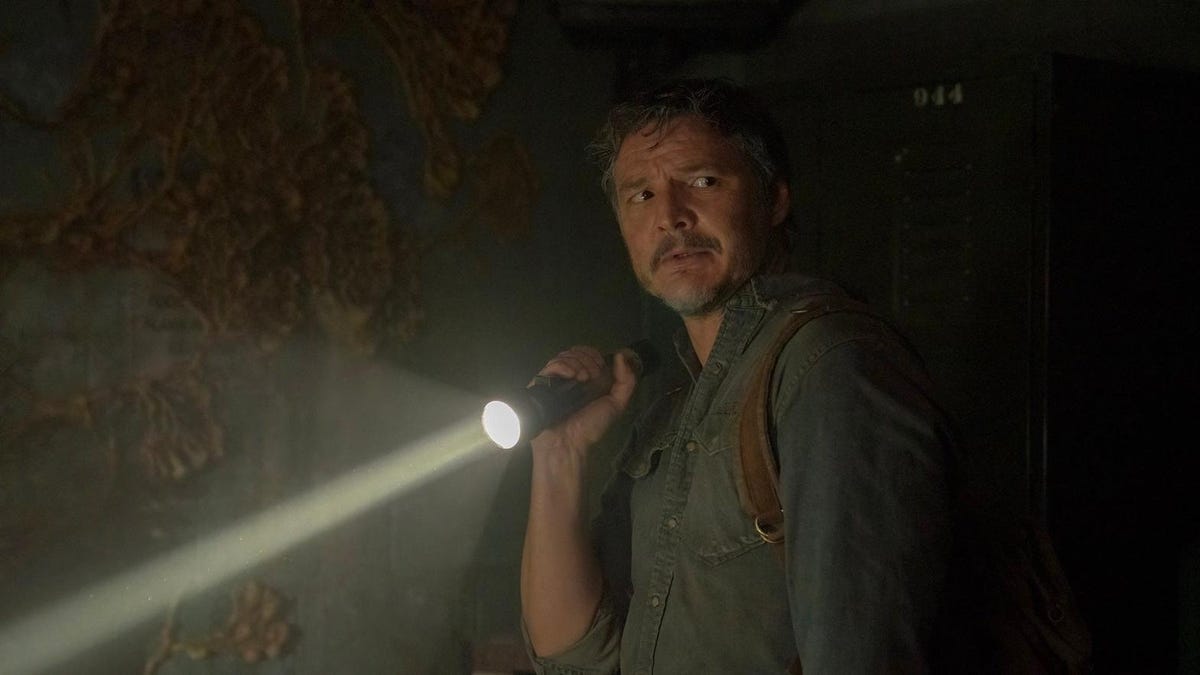
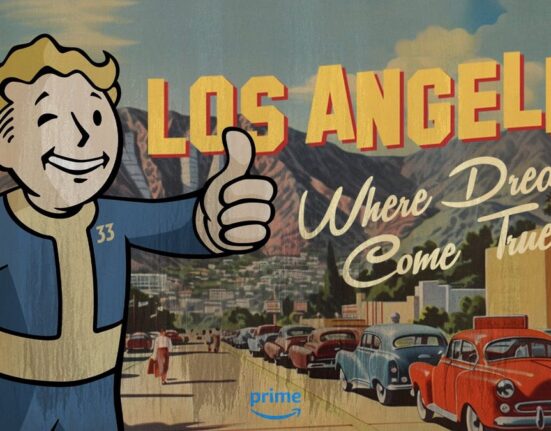
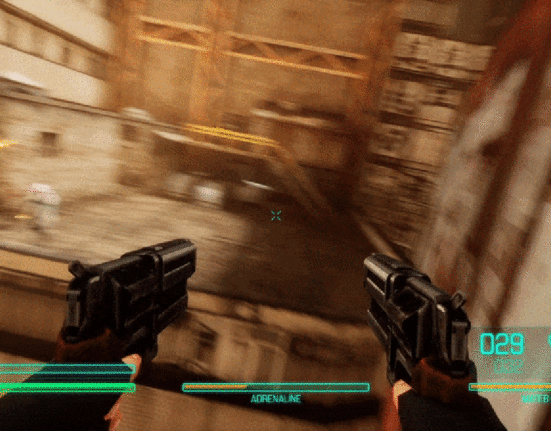
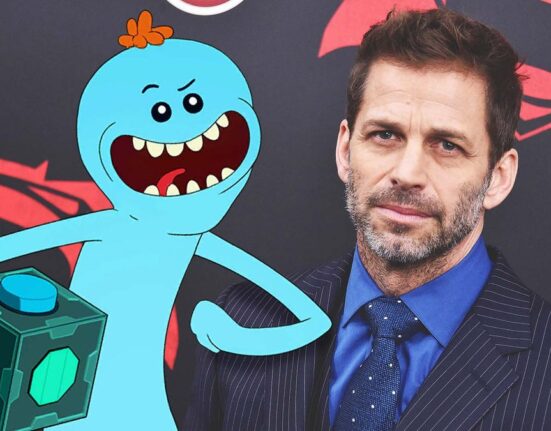
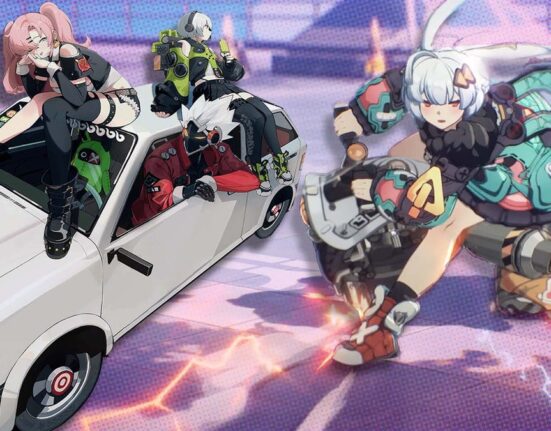
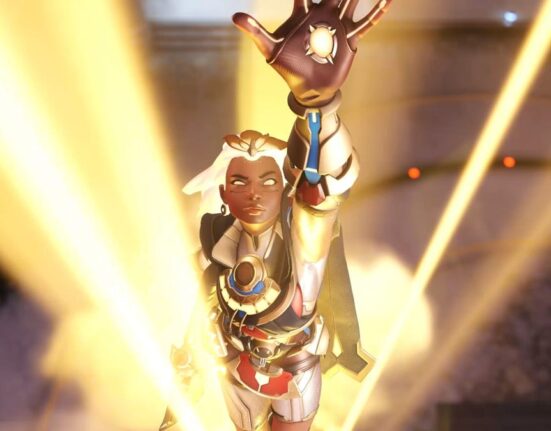
Leave feedback about this